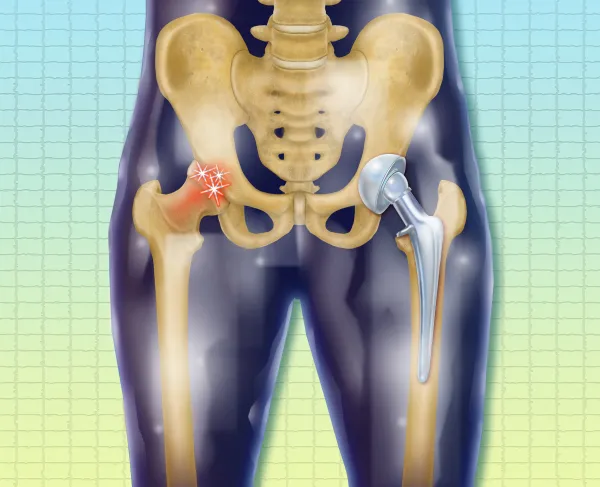Nail Debridement Logs Appx. 50 Percent Error Rate

Despite its prevalence, nail debridement continues to be a source of coding confusion for Medicare providers nationwide.
“Nail debridement is the single largest paid [podiatric] service,” said Palmetto GBA’s Cyndi Wellborn, RN, during a June 22 webinar and CBR on nail Debridement and E/M Services. Yet in the report, Palmetto GBA shows there is cause for concern since “22 percent of debridement services lack the proper documentation.”
Background. The Palmetto GBA Railroad Review found that of the 25 services reviewed for CPT® code 11720 (Debridement of nail[s] by any method[s]; 1 to 5) that 14 were denied with an error rate at about 56.1 percent. The research showed that CPT® code 11721 (Debridement of nail[s] by any method[s]; 6 or more) had a high error rate as well in the range of 47.6 percent.
“When a nail debridement has been deemed inappropriate, all other podiatric-related services are deemed inappropriate,” Wellborn says. These April 2016 first quarter results highlighted the need for more comprehensive documentation as many of the errors centered on missing notes and lack of patient diagnosis and treatment details.
Read and Report the Fine Print
Remember when coding for toenail debridement that there are only two cases in which the procedure is covered by Medicare. They are “debridement of hypertrophic nails associated with systemic conditions” and “mycotic nails with limitation of ambulation, pain, or secondary infection.” Medicare does not cover care for the subluxation of the foot, flat feet, routine foot care (though there are exception for systemic conditions), and supportive devices.
In order for your billing to be complete, the evidence for the procedure’s need must be carefully detailed in the medical records. “The documentation must mention the severity of the specific condition,” Wellborn maintains, “And, simply stating ‘painful nails, limited ambulation, or secondary infection’ is not enough.”
Q-Modifier. Another important factor to consider when billing for nail debridement revolves around presumption of coverage and the class levels. Codes 11720 and 11721 cannot be covered to Medicare unless you report the class findings with either modifier Q7 (One Class A finding), Q8 (Two Class B findings), or Q9 (One Class B and two Class C findings).
E/M Coding Logs Massive Error Rate Among Podiatrists
E/M coding in relation to podiatry is on the “hot audit” list for OIG with an 80 to 88 percent error rate for claims filed from July to December 2015. The problem arises because the majority of the coding does not adequately show that two separate services—nail debridement and E/M services, respectively—were performed on the patient.
For example, an established patient presents for a routine nail debridement but also has a completely different issue (such as a new bunion on the opposite foot) that requires an E/M service.
Remember modifier 25. For this type of scenario, you would bill the appropriate nail debridement code and an office visit code like 99212 (Office or other outpatient visit for the evaluation and management of an established patient, which requires at least 2 of these 3 key components for a level-two established patient visit...) and append modifier 25 (Significant, Separately Identifiable Evaluation and Management Service by the Same Physician or Other Qualified Healthcare Professional on the Same Day of the Procedure or Other Service) to the E/M code.
In this case, assuming the documentation is precise and clear outlining the two separate problems, it is perfectly acceptable to bill for both services.
Endnote. Before you bill for nail debridement or nail debridement and E/M service together, it is a good idea to check with your MAC, says Palmetto GBA. The different Medicare carriers have diverse rules and allowances in reference to nail care.
Resource: For more details, facts, and figures from Palmetto GBA about nail debridement and E/M services, visit http://www.cbrinfo.net/cbr201608.html.




